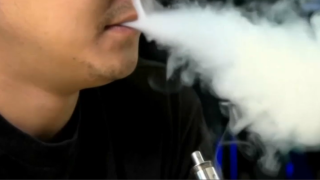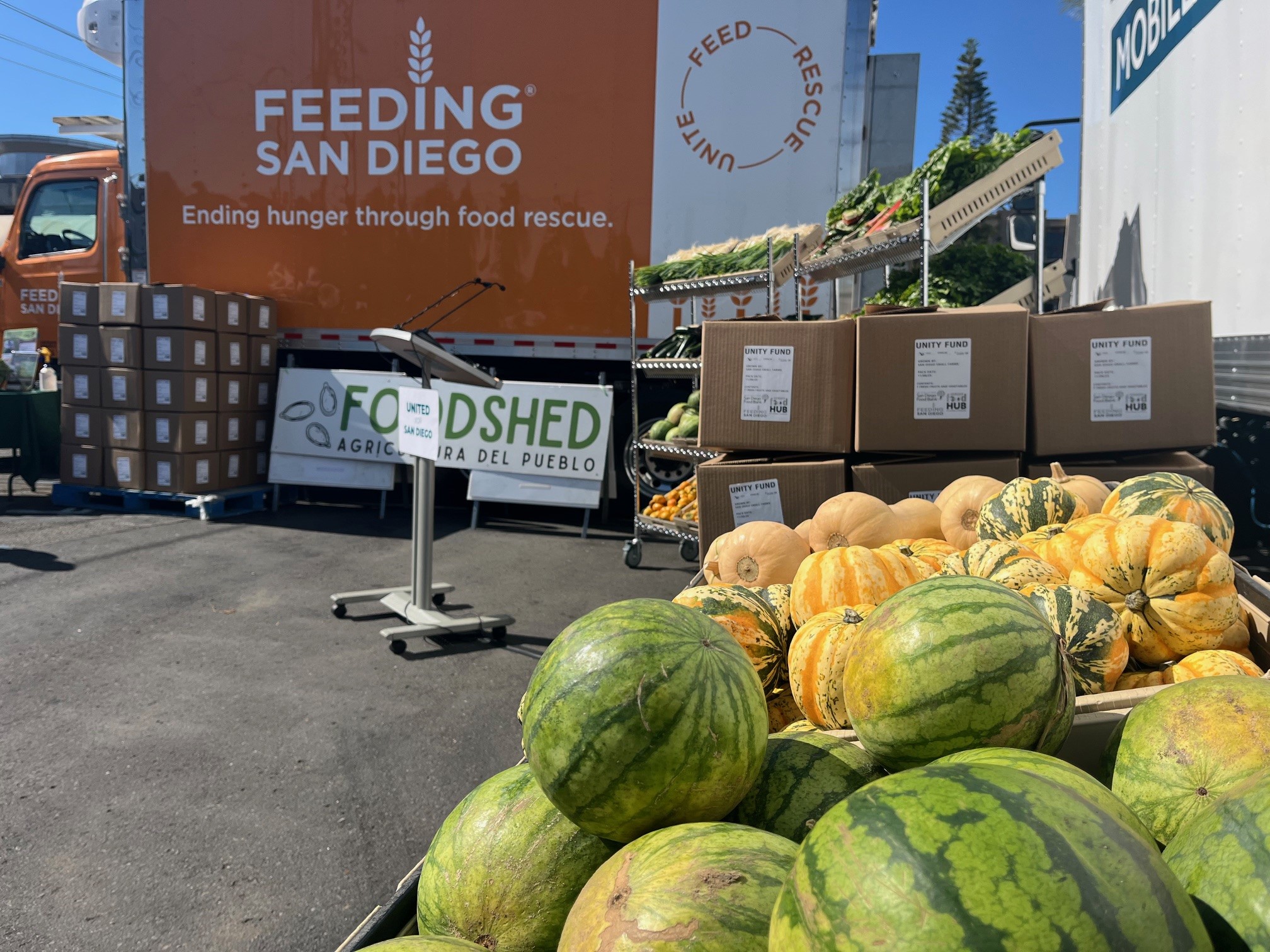Marijuana a gateway drug to tobacco for teens, young adults — UC San Diego study
November 6, 2025

Marijuana a gateway drug to tobacco for teens, young adults — UC San Diego study
70% of young people who use cannabis go on to consume tobacco as well, according to a UCSD professor

In the ’70s, there was a lot of talk about “gateway” drugs, narcotics whose usage led to the consumption of other, more addictive substances.
So it may come as little surprise to some that researchers at UC San Diego have shown in a study that young marijuana consumers have a tendency to progress to the intake of tobacco products.
Karen Messer, who is a professor at the UC San Diego Herbert Wertheim School of Public Health and Human Longevity Science and director of biostatistics at UC San Diego Moores Cancer Center, conceived of the study and directed its first author, who is one of her grad students.
“This study challenges long-held assumptions about the pathways between cannabis and tobacco use among youth,” Messer said.
Conventional wisdom has held since the ’70s that smokers went on to consume cannabis products, especially since smoking, mostly through the consumption of cigarettes, was so prevalent.
In the age of vaping, though, that pathway may have reversed direction. Smoking has declined steadily since the ’70s, of course, but its allure, for some, has not been snuffed out.
“Many of us in tobacco control think the battle is not won, that we have to be vigilant, that new products are coming, and more kids are vaping than are smoking,” Messer said. “There’s no guarantee that they won’t transition to becoming addicted smokers in the future. Many, many kids who vape also experiment with combusted tobacco.”
Local
The study’s research focused on teens and young adults who were cannabis users in 2017, then studied whether, by 2021, they were regular tobacco users.
“Among those young kids who do use cannabis — so, underage kids, kids under age 18 — who use cannabis, if they’ve also experimented with tobacco, they are at extremely high risk for future regular tobacco use,” Messer stated. “So, becoming regular users of tobacco, which is highly likely that they would then continue, they would develop dependence and addiction and would continue to use tobacco for many years.”
How bad is it?
“Among that super high-risk group, 70% of them went on to future regular tobacco use, so it’s a very potent risk factor,” Messer said. “The other thing that surprised us was the magnitude of new tobacco use that could be attributed to cannabis. So, 13% of all the new uptake of tobacco in the US could be attributed to use of cannabis.”
The study then took that information and extrapolated it to the full U.S. population, estimating that a little more than a half-million fewer teens and young adults may not have started regular use of tobacco by 2021 if they had not been ingesting cannabis back in 2017.
The researchers acknowledge limitations in their findings, including the necessity of self-reporting on self-usage for evidence. Also, although a “comprehensive list of baseline characteristics was considered, some factors such as peer influences, socioeconomic factors and an underlying liability to substance use may not have been captured fully.”
While the study suggests a causal connection, it doesn’t prove that one exists. To prove it, you would have to run a randomized trial, which, of course, ethics preven you from doing, since that would require teens and young adults in the study to start consuming cannabis to find out if they, in fact, later went on to consume tobacco.
The costs of continued tobacco use in America cannot be overstated.
“Four hundred thousand Americans still die every year from tobacco use,” Messer said. “Clearly they’re older Americans, the ones who are experiencing the heaviest burden of morbidity and mortality from tobacco use, but it is still with us, it is still a huge public-health problem, and we need to be vigilant that the young people coming up don’t suffer the same burdens that their parents have suffered or their grandparents.”
Read the full study here.
Search
RECENT PRESS RELEASES
Related Post






